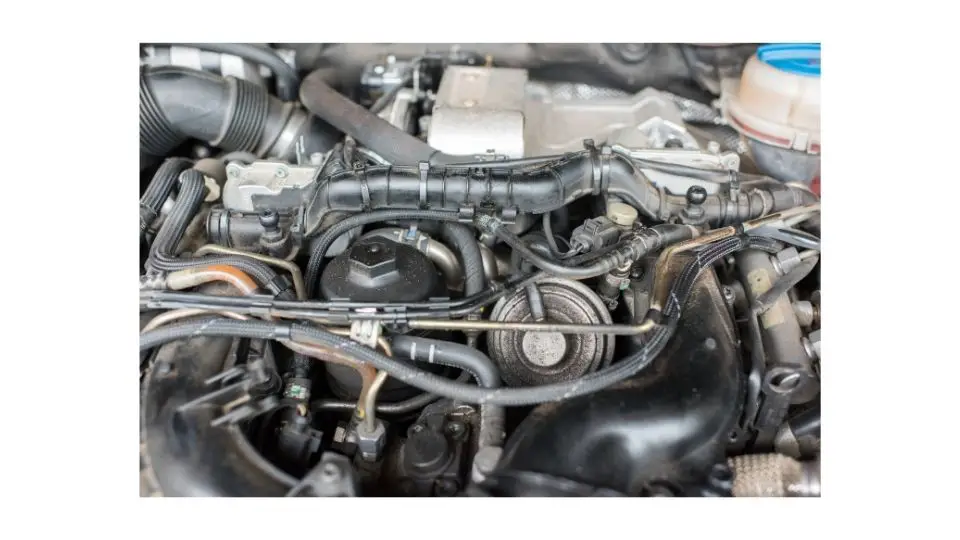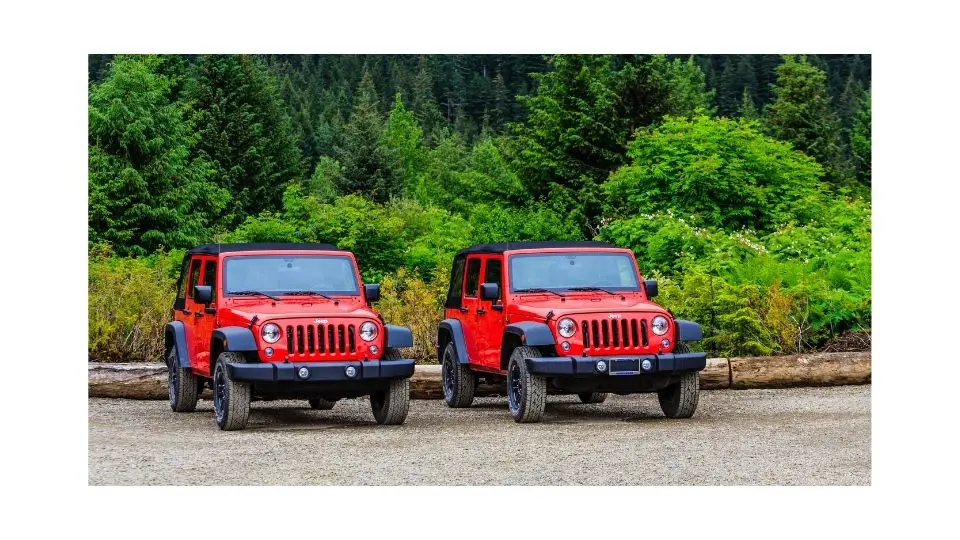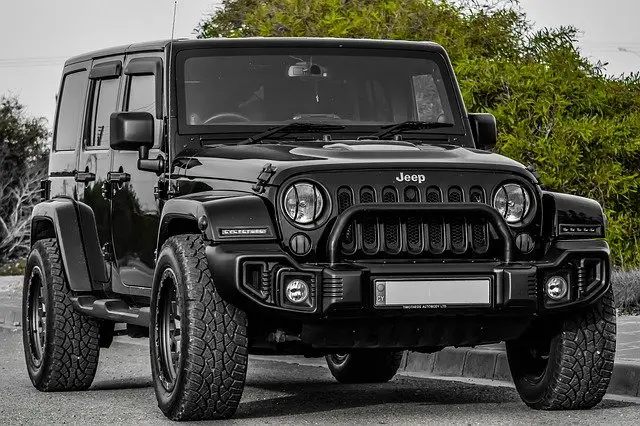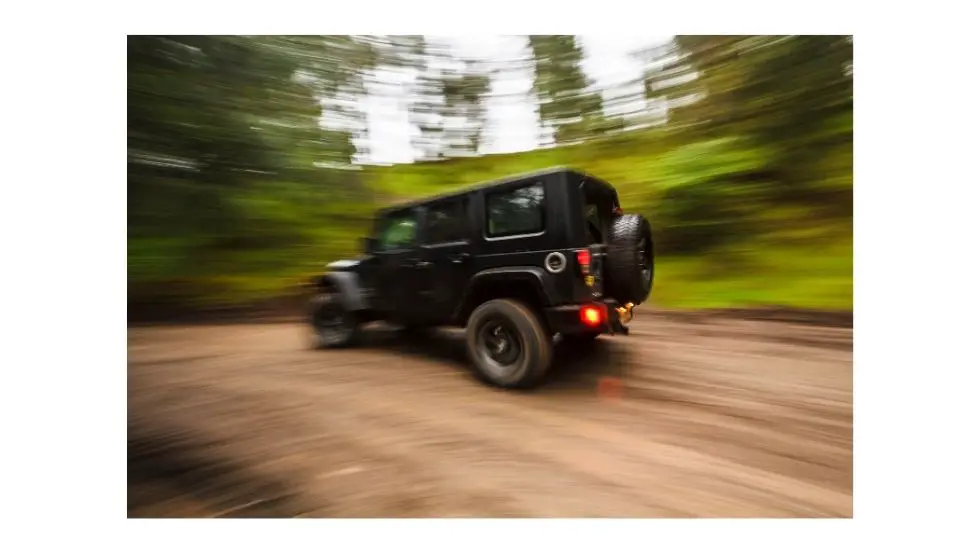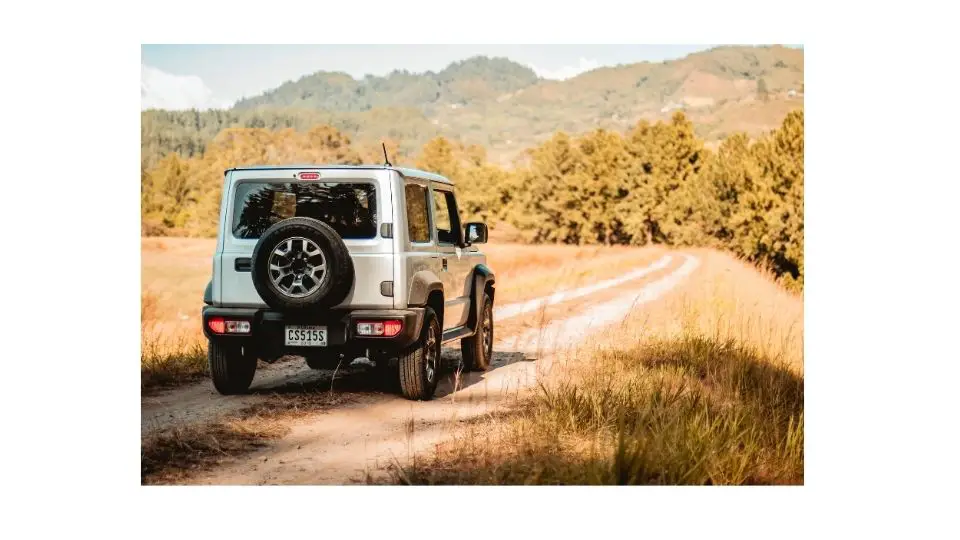In 2018, we were treated to the all-new Jeep Wrangler JL, which gave us a choice in engines, either a 2.0L and a 3.0L V6. In this guide we see the battle Jeep Wrangler 2.0 vs 3.6. The 2.0L engine is the newer in the brotherhood, while the 3.6L has been around for several years already.
When you love Jeep Wranglers, it can be hard to know which of these engine choices would be right for you. What if I use my Wrangler more for off-roading?
What if I use it more on-road? What about fuel economy? What about acceleration? There are many questions to ask. We will try to answer them in today’s piece
Jeep Wrangler 2.0 vs 3.6: A Quick Look at Both Engines
First, we have the 4-cylinder 2.0L turbo engine, which seems a lot smaller, but it still packs a considerable punch. The 2.0L engine still outputs 270 HP and 290 lb-ft of torque, which is achievable at a much lower rate than the 3.6L engine as you’ll see below.
It even contains a mild hybrid system to help the engine make up for the turbo lag time. Next, we have the 3.6L engine, which delivers 285 HP at 6,400 rpm and 260 lb-ft of torque.
The rpm maxes out at 6,600. With this, you can get a lot of power from it, and even though this engine has only been with us a relatively short time, it is already fairly easy to find modifications.
Jeep Wrangler 2.0 vs 3.6: Testing the Jeep Wrangler 2.0L 4-Cylinder
Acceleration and Speed/Power
The 2.0L turbo has great acceleration, and when turning onto the road and then powering to 60, you’ll get to 60 mph in a little over 9 seconds.
That’s not bad at all. There’s still a bit of lag from the turbo, but on the whole, it feels fast and powerful. When you do an acceleration from 40 to 60 mph, on the other hand, you feel the power really kicking in, comfortably getting from 40 to 60 in 3 seconds or so.
Highway Cruising
Another important consideration is cruising at speed on the highway. The 2.0L handles itself well, and there’s definitely a nice power kick between 3,000 and 4,000 RPM, but overall the feeling of horsepower just isn’t there like it is in the V6.
Torque
When heading up steeper hills, you’ll be glad of the torque on this engine. That additional twist easily makes up for the lack of horsepower and you’re able to really throw this 2.0L turbo engine up some serious slopes. There is still a little bit of an issue with turbo lag in the low RPM range, but once the turbo kicks in it easily keep pace with the 3.6L engine.
Off-Road
Next, we come to the Wrangler’s real raison d’être: off-roading. When you’re off-road, you see the real power and potential of the 2.0L turbo’s additional torque.
We tried the 2.0L on a tricky off-road trail, including a hill stop and start test. On the slope, the 2.0L was able to move us forward at just 1,500 rpm, which is a touch higher than you might expect for such a good torque rating, but it performed very well on the bigger trail, demonstrating more even power and a very comfortable ride off-road.
If you’re struggeling with switching your Jeep into 4-wheel drive, we got you covered in this guide.
Fuel Economy
Finally, we take a look at the fuel consumption of the 2.0L Turbo engine. With a normal driving style, you’ll end up with about 23 mpg in the city and about 31 mpg on the highway. These are 10.3 L per 100 km and 7.8 L per 100 km, regarding thic converter. You should have the turbo serviced regularly as it is more prone to problems.
Jeep Wrangler 2.0 vs 3.6: Testing the Jeep 3.6L V6
Acceleration and Speed/Power
We’ll also use acceleration as a starting point for the 3.6L V6 engine. When turning onto the road and then powering up to 60, you can hit 60 while still in low gears and in around 8 seconds or just a touch over.
That’s only marginally better than the 2.0L turbo did, but you will likely feel the power more keenly. When tested 0 to 40, the 3.6L V6 and the 2.0L were pretty even.
Highway Cruising
Of the two, the 3.6L feels the most comfortable at highway cruising speeds. The horsepower in the 3.6 makes for an easy ride, easily keeping the Jeep JL up with traffic and overtaking them if need be. This engine was built to cruise.
Torque
The 8-speed transmission is helping this new V6 engine to perform far better than its predecessors in terms of heavy uphill driving.
You can head up mountain roads and you won’t feel any significant loss of power, with the 8 gears working to keep your going up and up comfortably.
The lack of torque compared to the 2.0L thankfully doesn’t impact a hill ascent, but perhaps only because the engine is generating more crucial horsepower.
Off-Road
The first surprise was that on the same hill test, the 3.6L was able to keep moving forward at just 1,100 rpm, showing that the 3.6L really does have great lower-end torque.
As we took it further down the trail, however, we saw that the 3.6, while handling itself well in general, was less comfortable off-road. It relies purely on power and doesn’t feel quite as home on the trail as the 2.0L turbo does.
Fuel Economy
Finally, with the larger engine capacity, you can imagine that the 3.6L engine consumes more than the 2.0L engine. You can expect the 3.6L engine to get about 17 mpg in the city and 25 mpg on the highway. These are 13.8 L per 100 km and 9.4 L per 100 km, regarding thic converter. The advantage of this could be that there is no turbo on the engine and therefore one less vulnerable component.
Jeep Wrangler 2.0 vs 3.6 – Conclusion on Which Should You Choose?
- Acceleration and Speed/Power – Advantage to 3.6L
- Highway Cruising – Advantage to 3.6L
- Torque – Mixed
- Off-Road – Advantage to 2.0L
- Fuel Economy – Advantage to 2.0L
For the committed off-roader, the 2.0L is a better choice. It’s a decent cruiser, too, but if your primary purpose is hitting those mountain trails, then you’re better off with the 2.0L as your ally.
For those looking more for on-road use, perhaps with some occasional off-roading at the weekend for fun and to let the Wrangler play in its natural habitat, then the 3.6L is the better choice. We advise you to make a choice based on your exact needs.

